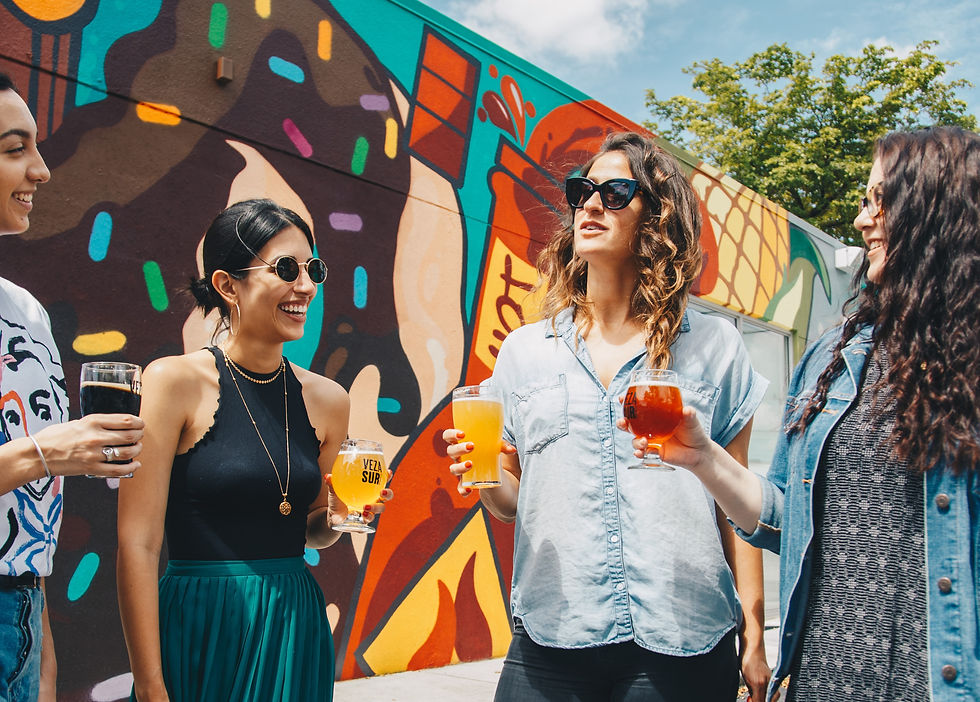The beverage landscape is dynamic and ever-changing. To stay competitive, beverage providers – from cafes and restaurants to large-scale food service operators – must master sourcing strategies aligned with the latest trends, quality standards, and the demands of a discerning clientele. This guide offers a strategic approach to beverage sourcing, enabling F&B professionals to optimize their operations and elevate their offerings.

Understanding the Fundamentals of Beverage Sourcing
Beverage sourcing encompasses the entire process of finding, evaluating, and procuring ingredients for your beverage program. Key elements include:
Ingredient Identification: Defining your needs based on menu concepts, target audience, and desired flavor profiles.
Supplier Research: Exploring potential suppliers, evaluating quality, reliability, pricing, and ethical practices.
Negotiation and Contracting: Securing favorable terms that balance cost control with long-term partnerships.
Logistics and Quality Assurance: Ensuring seamless transportation, storage, and ongoing quality checks of ingredients.

Trends Shaping the Beverage Sourcing Landscape
To make informed sourcing decisions, it's crucial to recognize the factors driving market shifts:
Plant-Based Surge: The popularity of plant-based beverages (oat, almond, soy, etc.) continues, requiring F&B professionals to source quality products and understand their use-case nuances.
Craft and Specialty Cravings: Consumers seek unique, small-batch ingredients such as artisanal syrups, bitters, and spirits. Source from craft producers to differentiate your beverage menu.
Sustainability as a Priority: Ethical sourcing, fair trade certifications, and minimal environmental impact have become non-negotiable for many consumers and businesses.
The Wellness Factor: Functional beverages with added health benefits (adaptogens, probiotics) are on the rise, requiring savvy ingredient sourcing and understanding of consumer motivations.
Global Beverage Trends:
Beverage preferences vary across regions, but overarching trends provide valuable insights into the evolving global market. Consumers internationally are increasingly health-conscious, favoring low-sugar or sugar-free options. This has spurred innovation in natural sweeteners, stevia-based products, and flavored sparkling waters. Additionally, adventurous palates crave unique flavors inspired by global cuisines. Sourcing ingredients like hibiscus flowers, matcha, or exotic fruits allows F&B businesses to cater to this desire for culinary exploration.
The "wellness beverage" category is booming, with functional drinks infused with adaptogens, probiotics, and other health-promoting ingredients. Here, cafes, juice bars, and specialty food retailers can offer these products alongside educational materials about their benefits. Finally, the rise of the "sober-curious" movement has led to a surge in sophisticated non-alcoholic and low ABV beverage options.
Craft breweries are producing delicious alcohol-free beers, while mixologists are creating innovative mocktails with premium ingredients. Restaurants, bars, and bottle shops can cater to this trend by expanding their non-alcoholic beverage selection, offering pairing suggestions with food, and creating a welcoming environment for all customers.
By understanding these global trends and adapting their sourcing strategies, F&B businesses can tap into a wider market, differentiate themselves from competitors, and cater to the evolving needs and desires of today's beverage enthusiasts.

Sourcing Strategies for Success
Prioritize Quality and Taste: The best-laid plans mean little if your finished beverages don't live up to expectations. Source high-quality ingredients that deliver superior taste and consistency.
Tap into Technology: Utilize beverage inventory management software, sourcing platforms, and data analytics tools for streamlined ordering, cost analysis, and forecasting.
Focus on Supplier Relationships: Build partnerships with suppliers who understand your vision and are committed to reliable service.
Embrace Direct Trade (When Possible): For unique ingredients and greater transparency, consider building relationships directly with farmers or producers.
Emphasize Sustainability: Promote your commitment to ethically-sourced and environmentally responsible ingredients.
Addressing Common Challenges
Cost Control: Balance ingredient quality with budget realities. Consider volume discounts, seasonal sourcing, and negotiating long-term contracts.
Ingredient Availability: Mitigate risks caused by supply chain disruptions or crop failures by diversifying suppliers and having contingency plans.
Staying on Trend: Keep your beverage menu fresh and relevant by actively monitoring industry trends and consumer preferences.

Conclusion
Strategic beverage sourcing is a continuous process that demands attention to detail, flexibility, and a deep understanding of consumer preferences. By implementing the strategies outlined, F&B professionals can build a beverage program that satisfies customers, optimizes costs, and builds a reputation for excellence in a competitive market.
